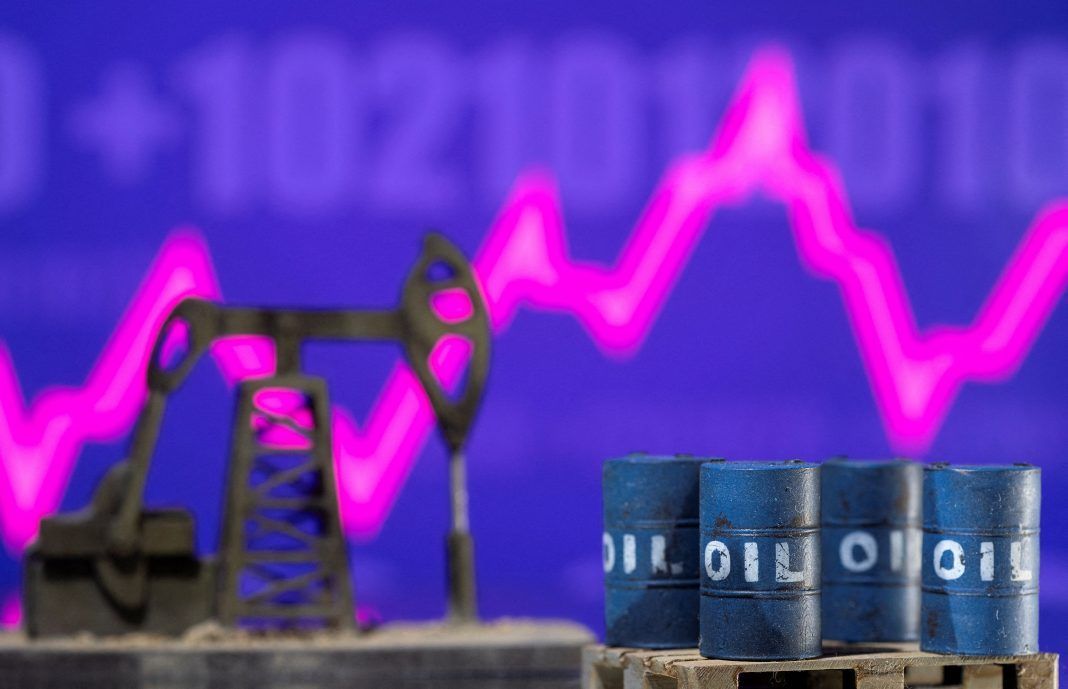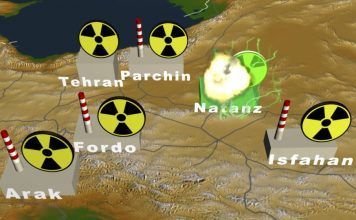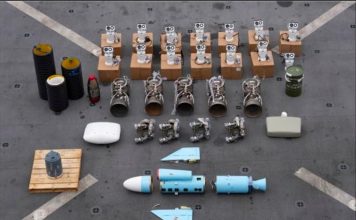By John Kemp
LONDON, April 18 (Reuters) – Petroleum prices have fallen following Iran‘s missile and drone assault on Israel, confounding expectations that the escalation of the shadow war would cause them to rise.
Like major industrial accidents, extreme moves in oil prices, spikes or slumps, are always the product of multiple factors rather than a single cause.
Spikes usually occur when the business cycle is mature; inventories are well below normal; spare production capacity is low; and there is an actual or threatened disruption to production.
In this instance, however, the escalation is occurring in a market that is otherwise comfortably supplied, with inventories near the long-term average and plenty of idle production capacity.
Traders have concluded Iran will not risk any disruption of its exports; the United States will not risk significantly higher oil prices in an election year; and the United States will restrain the next round of responses by Israel.
As perceptions about the war risk have fallen, prices and calendar spreads have retreated to pre-crisis levels, with the underlying fundamentals of production, consumption and inventories reasserting themselves.
ANALYSIS: Biden Unlikely to Cut Iran’s Oil Lifeline After Israel Attack
SHOCK ABSORBERS
Commercial inventories of crude oil and refined products across the advanced economies in the Organisation for Economic Cooperation and Development (OECD) were estimated at around 2,735 million barrels in March.
Commercial inventories were around 95 million barrels (-3% or -0.61 standard deviations) below the prior 10-year seasonal average, based on an analysis of data from the U.S. Energy Information Administration (EIA).
The deficit had increased from 51 million barrels (2% or -0.34 standard deviations) in December 2023 but was only very slightly wider than a year ago when it stood at 74 million barrels (-3% or -0.44 standard deviations).
The global market is tightening, but gradually, and inventories are still relatively comfortable, able to absorb any short-term interruptions of production.
Chartbook: Global oil inventories and prices
Saudi Arabia and other OPEC members in the Middle East were estimated to have more than 4 million barrels per day of idled production capacity in March, according to the EIA.
Unused capacity was at the highest level since the coronavirus pandemic in 2020-2021 and before that the recession following the financial crisis in 2009-2011.
With comfortable inventories and plenty of spare capacity, the market did not appear primed for a large and sustained spike in prices.
Production outside OPEC⁺ is expected to grow strongly this year, especially in the United States, Canada, Guyana and Brazil, sufficient to cover the increase in consumption in 2024.
Strong production growth is likely to ensure that inventories remain reasonably comfortable in all but the most extreme scenarios about conflict in the Middle East.
PRICES AND SPREADS
Inflation-adjusted front-month Brent futures prices averaged $85 per barrel in March, putting them almost exactly in line with the long-term average since 2000.
The futures market had already moved into an aggressive backwardation, with the front-month contract trading at an average premium of almost $4 per barrel compared with the contract for delivery six months later.
The backwardation was in the 91st percentile, implying traders expected inventories to deplete further in the near term, but with supplies expected to remain comfortable in the longer term.
Saudi Arabia and its OPEC⁺ allies are expected to maintain production cuts through June 2024 to deplete inventories further and support prices before gradually increasing output in the second half and into 2025.
U.S. OIL INVENTORIES
In contrast to the rest of the world, where data on inventories is only available with a delay of several months, if at all, in the United States the EIA publishes stock data with a lag of less than a week.
With some justification, traders tend to use high-frequency data on U.S. inventories as a proxy for the production-consumption balance in the broader global market.
U.S. commercial crude inventories were almost exactly in line with the prior 10-year seasonal average on April 12, and there has been very little net change over the last three months.
Inventories around the delivery point for the NYMEX futures contract at Cushing in Oklahoma were 13 million barrels (-29% or -0.88 standard deviations) below the ten-year seasonal average.
The deficit explains the strong backwardation in both U.S. crude and Brent futures prices, but it has been narrowing over the last three months.
U.S. commercial crude inventories are consistent with a market only a little tighter than the long term average, not the sort of conditions that precede a large and sustained spike in prices.
NO CATASTROPHISING
The cycle of retaliation between Iran and Israel has potential for uncontrolled escalation, as each government tries to restore deterrence and demonstrate resolve to domestic and international audiences.
The conflict could escalate to the point it disrupts production and tanker traffic from Iran and other countries around the Gulf. Traders are not ignoring the risk, but treating it as a less-likely tail risk, rather than a central scenario.
Refusing to catastrophise about loss of Iranian oil production and closure of the Strait of Hormuz is rational given how many times these extreme scenarios have been predicted but failed to materialise over the last 30 years.
The risk of a sudden loss of production and exports is not zero, but nor is it high enough to require prices to rise sharply to restrain consumption, build even larger inventories and create more spare capacity to mitigate it.
Unless and until the threat to Gulf production and exports becomes more concrete, rather than just perennial speculation, current prices and spreads look consistent with a market that is only moderately tighter than usual.
(Editing by David Evans)














